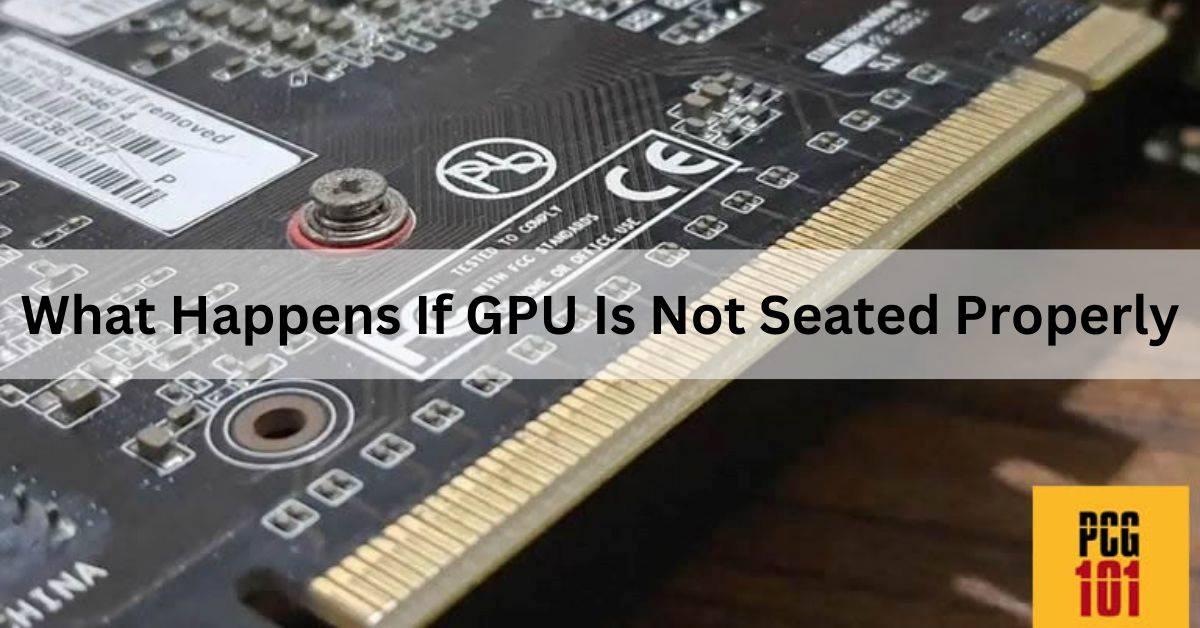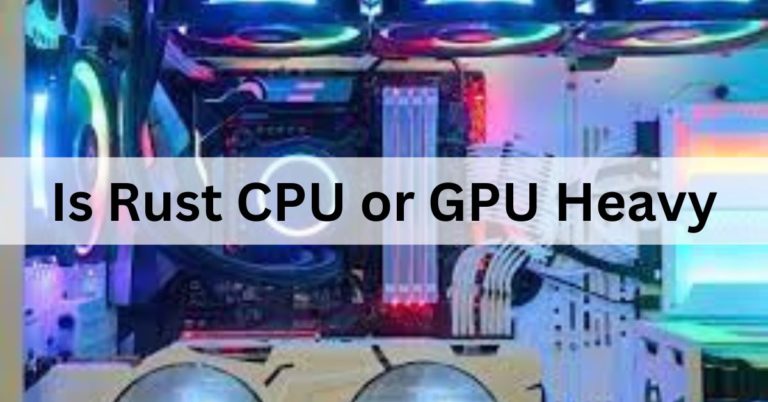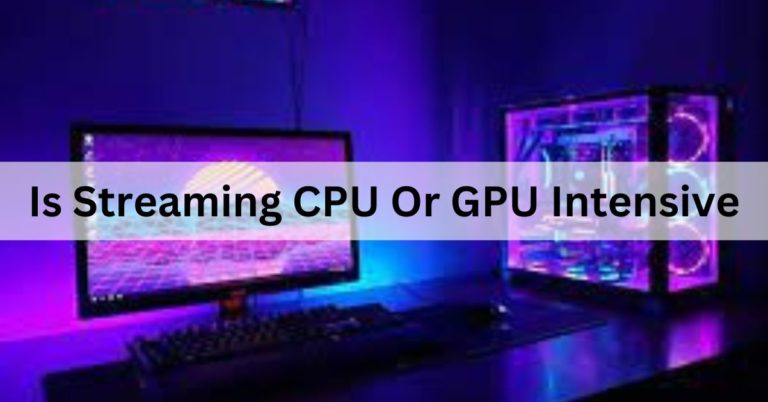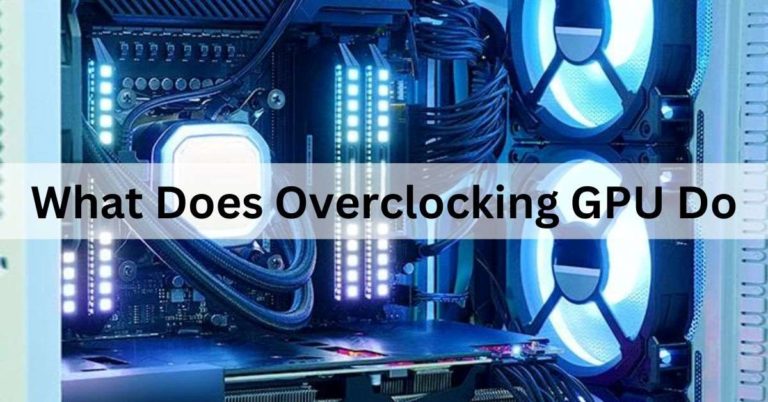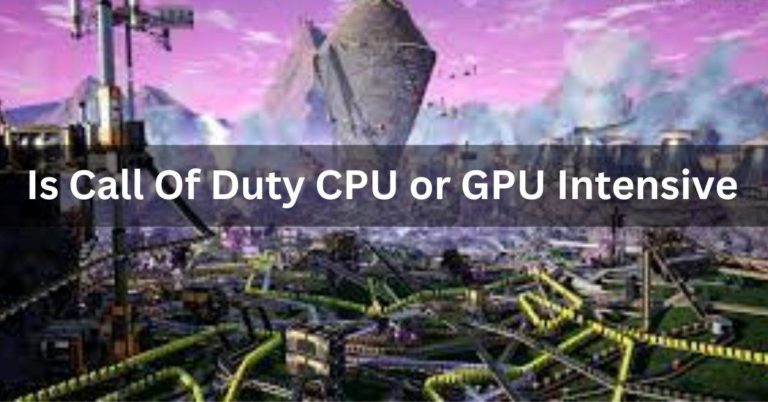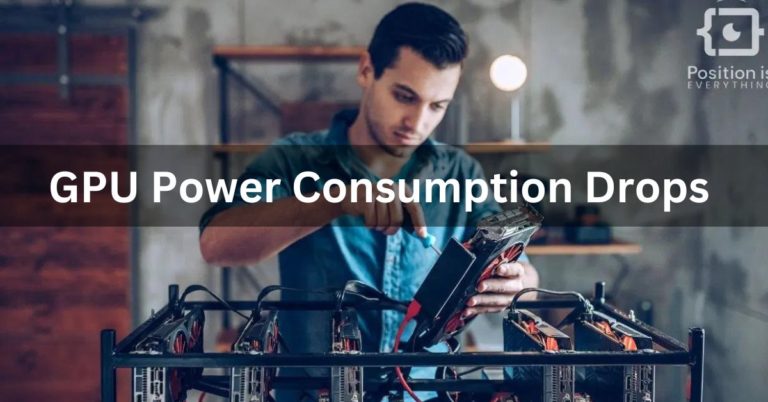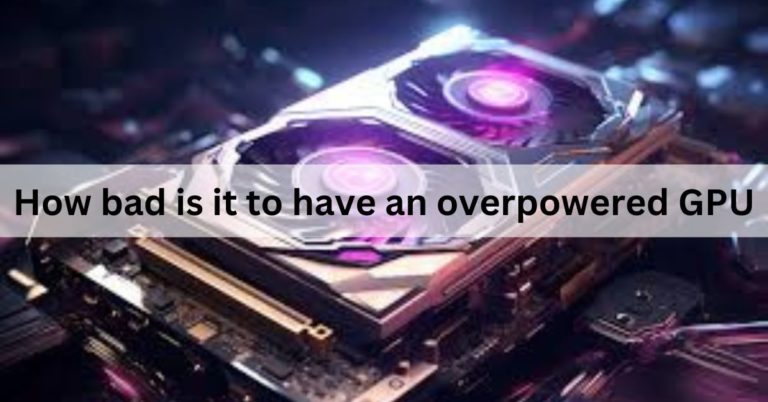What Happens If GPU Is Not Seated Properly – Complete Guide!
In the world of computers and gaming setups, the Graphics Processing Unit (GPU) is like a key player. It’s in charge of showing graphics and making sure everything runs smoothly.
If a GPU is not seated properly, it can result in poor or no display, system instability, and potential damage. Properly securing the GPU ensures reliable performance and connectivity.
Let’s talk about the problems it can cause, how to spot them, and what you can do to fix them.
Importance of a Properly Seated GPU:
A well-seated GPU is paramount for a computer’s functionality. It ensures a stable connection between the GPU and the motherboard, facilitating seamless communication and data transfer.
Common Issues Due to Improperly Seated GPU:
If a GPU is not correctly placed in its PCI Express (PCI-E) slot, various issues may arise, affecting both the hardware and overall system performance.
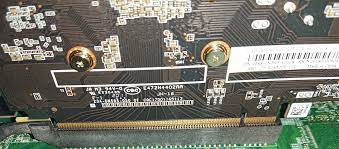
Signs of a Misplaced GPU:
1. Display Issues:
One of the primary indicators of an improperly seated GPU is erratic display behavior. Users may experience flickering screens, artifacts, or, in extreme cases, no display at all.
2. System Instability:
An incorrectly seated GPU can lead to system instability, causing frequent crashes, freezes, or unexpected reboots during operation.
3. Overheating Problems:
Improper seating can disrupt the GPU’s thermal conductivity, leading to overheating. This can result in thermal throttling or, in severe cases, permanent damage to the graphics card.
How to Properly Seat a GPU:
1. Tools Required:
Before diving into the GPU seating process, gather necessary tools such as a screwdriver and antistatic wrist strap to ensure a safe environment.
2. Step-by-Step Guide:
Follow a detailed guide, ensuring each step, from removing the side panel to securing the GPU in the PCI-E slot, is executed meticulously.
Troubleshooting Tips:
1. Checking Physical Connection:
Perform a visual inspection to ensure the GPU is securely attached to the motherboard, with no loose connections or visible damage.
2. Inspecting PCI-E Slot:
Examine the PCI-E slot for any debris or foreign objects that might hinder the GPU’s proper seating. Clean the slot if necessary.
Also read: Is Zotac A Good GPU Brand – Ultimate Guide – 2024
What is a GPU and what does it do in a computer?
A GPU, or Graphics Processing Unit, is a computer component that specializes in handling graphics and visual processing tasks. It enhances a computer’s ability to render images, videos, and animations swiftly.
Unlike a CPU, which manages general tasks, a GPU is designed to handle parallel processing, making it crucial for gaming, video editing, and other graphic-intensive applications.
Also read: What Does Overclocking GPU Do – Ultimate Guide – 2024
Symptoms of a GPU that is not seated properly:
If a GPU is not seated properly in a computer, symptoms may include a lack of display, distorted graphics, or system crashes. Users may experience artifacts on the screen, random reboots, or the GPU not being recognized.
Properly seating the GPU in its slot and ensuring a secure connection can resolve these issues and prevent performance problems.
Also read: What GPU Can Run 240hz? Complete GPU Guide!
How to fix a GPU that is not seated properly?
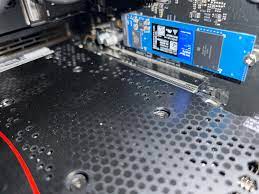
To fix a GPU that is not seated properly, follow these steps:
- Turn off the computer and disconnect the power.
- Open the case and locate the GPU.
- Gently but firmly reseat the GPU in its slot.
- Ensure the card is securely and evenly inserted.
- Reconnect any power cables to the GPU.
- Close the case, reconnect power, and turn on the computer.
- Check if the display issues are resolved.
Prevention tips to keep your GPU from becoming unseated:
To prevent your GPU from becoming unseated, consider these tips:
1. Handle with care: When installing or removing the GPU, be gentle to avoid physical damage.
2. Secure mounting: Ensure the GPU is properly and securely fastened into its slot.
3. Support brackets: Some GPUs come with support brackets; use them to reduce strain.
4. Avoid excessive movement: Minimize moving your computer, especially when it’s powered on.
5. Regular checks: Periodically inspect and reseat the GPU to maintain a stable connection.
6. Temperature control: Maintain a well-ventilated and cool environment to prevent heat-related issues.
Why it is important to seat a GPU properly?
Seating a GPU properly is crucial for several reasons. Firstly, it ensures a stable and secure connection, preventing issues like display errors, artifacts, and system crashes.
Proper seating also promotes efficient heat dissipation, which is vital for the GPU’s performance and longevity. Inaccurate seating may lead to poor electrical contact, hindering the GPU’s ability to function optimally and potentially causing long-term damage.
Also read: Is 70 GPU Temp Bad? Ultimate Guide – 2024
Is This GPU Properly Seated?
The phrase “Is this GPU properly seated?” is a question asking whether the graphics processing unit (GPU) is correctly installed in its slot on the motherboard. It seeks confirmation regarding the proper connection of the GPU, ensuring it is securely and correctly placed to function optimally within the computer system.
Also read: How bad is it to have an overpowered GPU – Complete Guide!
New GPU RX 6600 May Not Be Properly Seated In the PCI Express Slot?
The statement “New GPU RX 6600 May Not Be Properly Seated In the PCI Express Slot?” suggests a concern that the recently acquired RX 6600 graphics processing unit (GPU) may not be correctly installed in the PCI Express slot on the motherboard.
This implies a potential issue with the seating of the GPU, which could lead to performance problems or errors. Checking and ensuring the proper installation in the PCI Express slot is advised to address any potential concerns.
Also read: What Gpu Is Equivalent To PS4? Ultimate Guide!
GPU won’t slide all the way in.
If the GPU won’t slide all the way in, check for obstructions or misalignment. Ensure the PCIe slot is clear and align the GPU correctly. Gently apply even pressure, avoiding force. If issues persist, review the GPU and motherboard compatibility or consult the manufacturer’s guidelines.
X670E-E + 7900 XTX NITRO+ – GPU doesn’t click inside PCIe slot.
If the 7900 XTX NITRO+ GPU doesn’t click into the PCIe slot on the X670E-E, ensure proper alignment and gently apply even pressure. Check for obstructions, and if the issue persists, verify compatibility and refer to the motherboard and GPU manuals for guidance.
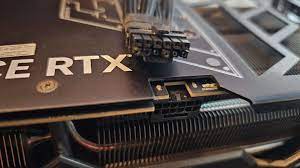
Also read: Do GPU Come With Power Cables – Complete Guide – 2024
Faqs:
1. What kind of damage can a GPU get if it’s not seated all the way down in the PCI slot?
If a GPU is not fully seated in the PCI slot, it can result in poor electrical contact, causing display errors, system instability, and potentially long-term damage to the GPU.
2. Anyone know what happens if a GPU isn’t seated completely into the PCIe slot?
If a GPU isn’t fully seated in the PCIe slot, it can lead to poor performance, display issues, and potential damage. Ensure proper seating to avoid connectivity problems and maintain optimal functionality.
3. Is it okay if my graphics card doesn’t click into the PCIE slot even though the computer recognizes the GPU?
While it’s uncommon, if the computer recognizes the GPU and functions properly, it may be acceptable. However, ensuring a secure click into the PCIe slot helps avoid potential connectivity issues and ensures stability.
4. Is my graphics card dead or is my PCI-E slot not working?
To determine if your graphics card is dead or the PCI-E slot is faulty, try the GPU in another compatible slot or system. If it works elsewhere, the PCI-E slot may be the issue; otherwise, the GPU could be faulty.
5. Is it possible for a GPU to work without being fitted in snugly in the PCIe slot?
A GPU may partially function without being snug in the PCIe slot, but it risks poor performance, instability, and potential damage. It’s crucial to securely seat the GPU for optimal operation.
6. How do I fix connectivity issues with my GPU and PCIE slot? I found out my GPU won’t work most of the time because it doesn’t make contact with the top PCIE pins most of the time.
To fix GPU connectivity issues with the PCIe slot, ensure proper seating by gently applying even pressure, and aligning the GPU correctly. If contact with the top PCIe pins is inconsistent, inspect for damage and consult manufacturer guidelines.
7. Why can’t PCIe slots be used to add more VRAM to graphics cards?
PCIe slots can’t be used to add VRAM to graphics cards because VRAM is integrated directly into the GPU. PCIe slots handle data transfer between the GPU and the motherboard.
8. What is a graphics card slot called?
The slot on a motherboard where a graphics card is typically installed is called a “PCI Express” or “PCIe” slot.
9. Could a CPU cause the top PCIe slot to not work?
Yes, a malfunctioning CPU or motherboard could potentially cause issues with the top PCIe slot, preventing it from working correctly. It’s essential to diagnose and troubleshoot the specific hardware components involved.
Conclusion:
In conclusion, seating your GPU properly is crucial for a stable computer setup. If not seated correctly, it can lead to display issues, system instability, and potential damage. Handling the GPU with care during installation, ensuring a secure connection and periodic checks can prevent such problems. If faced with GPU seating issues, gentle reseating, proper alignment, and consultation of compatibility guidelines are key steps to resolve the issues and maintain optimal performance.

